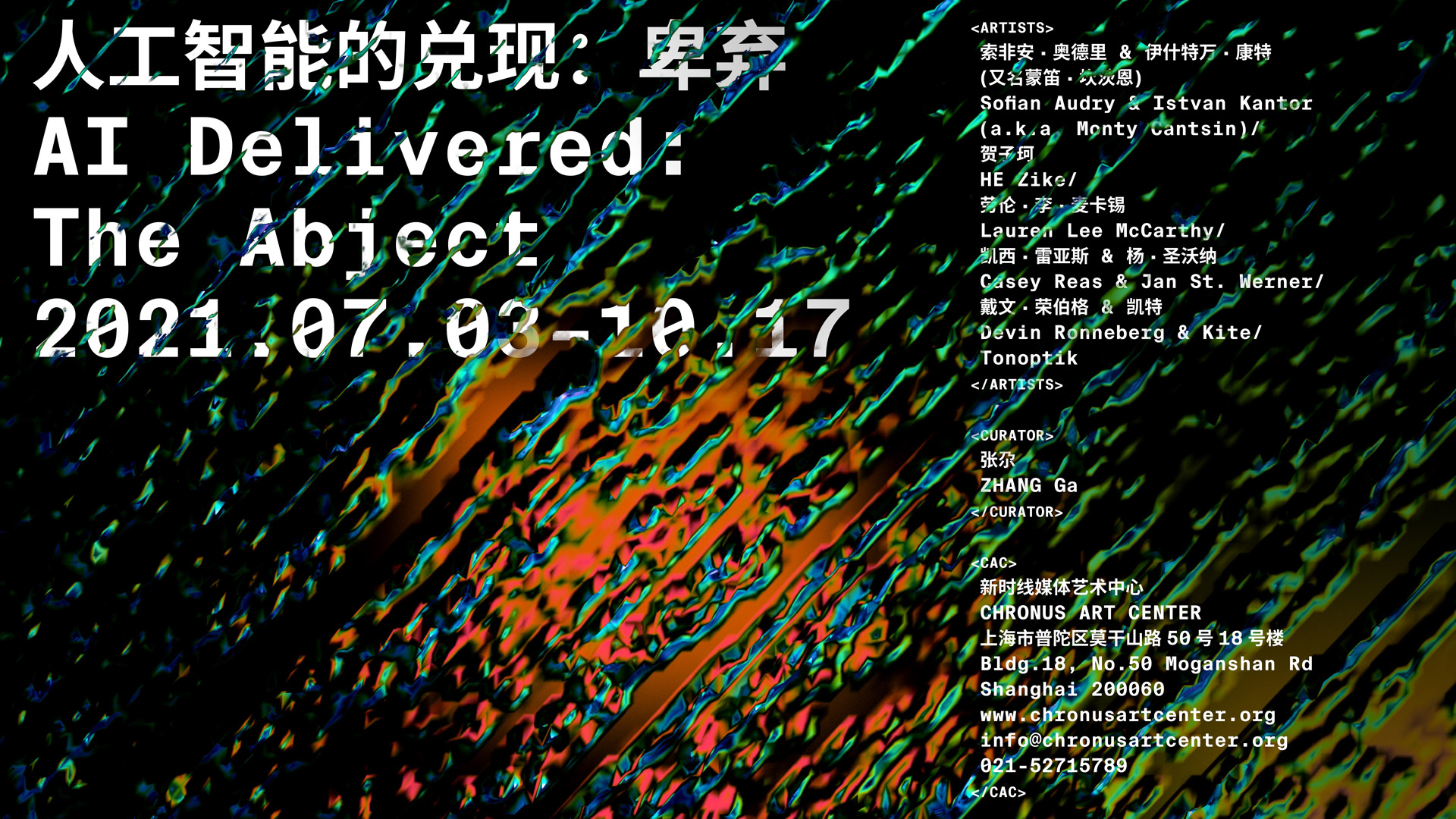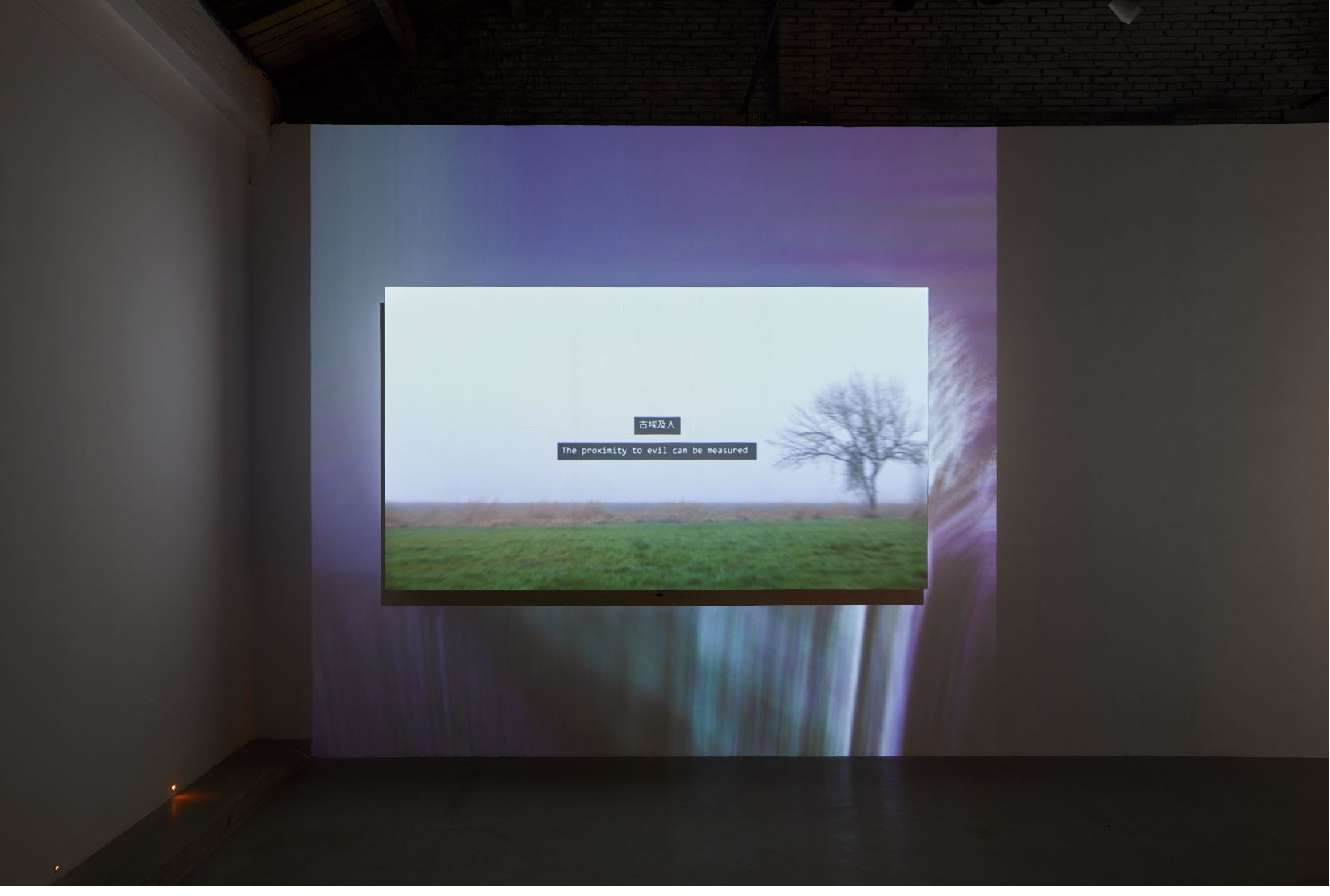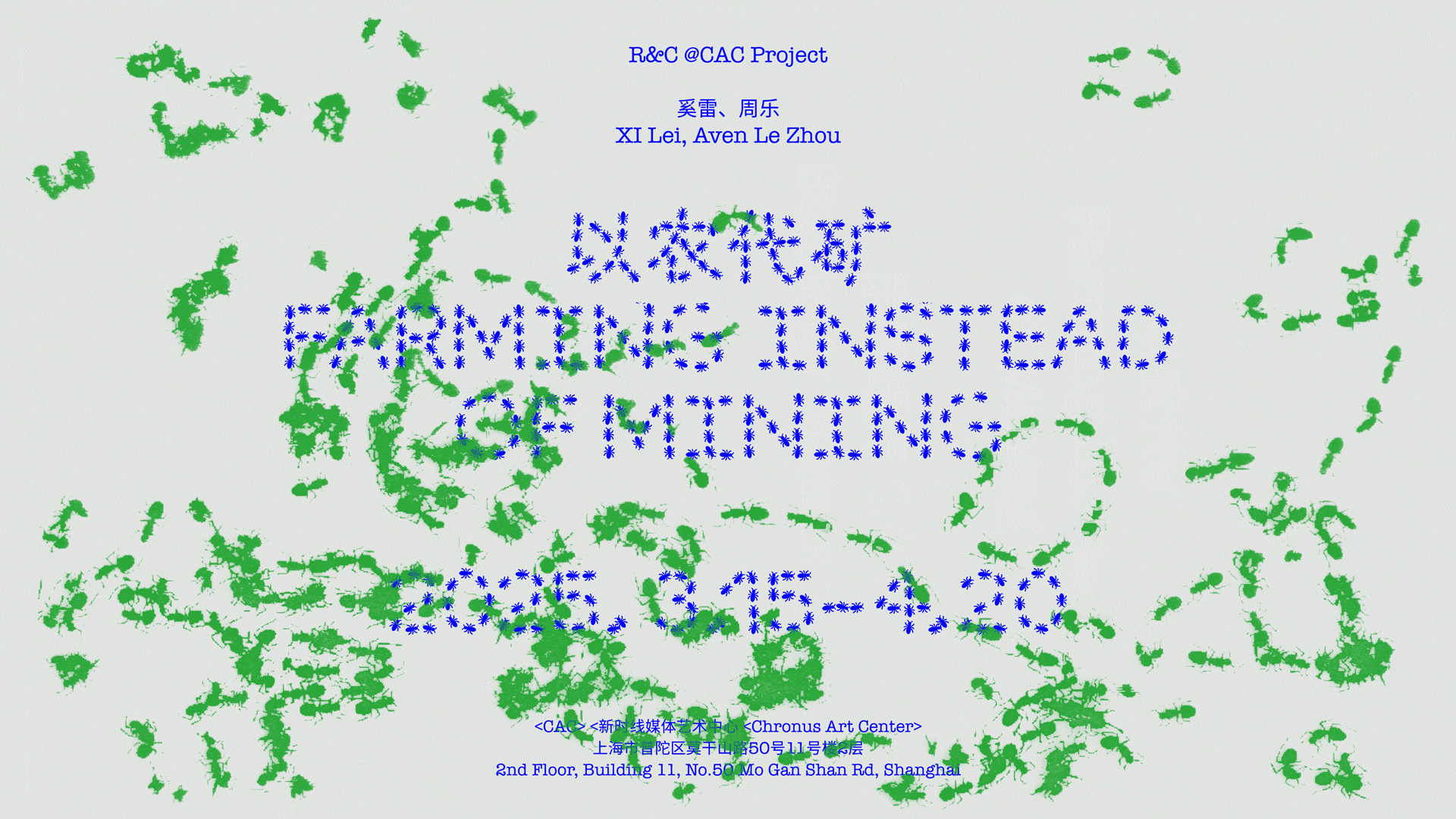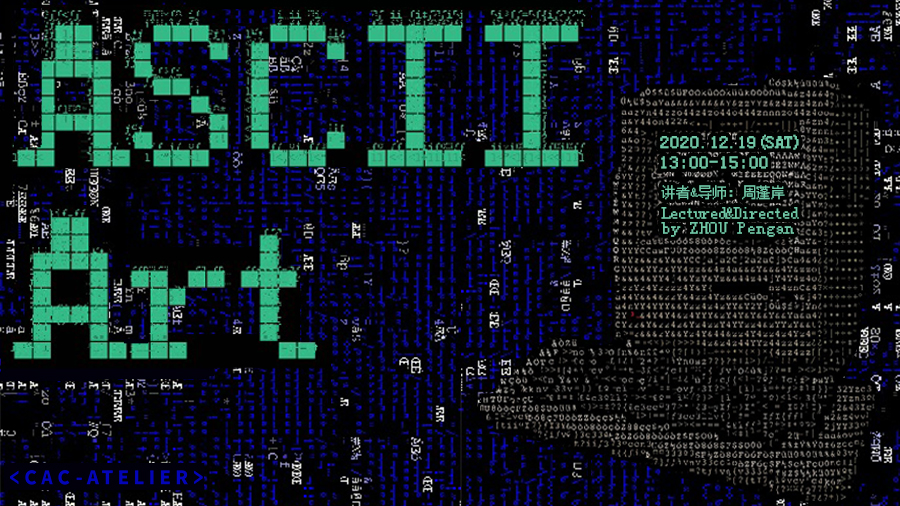
CAC · Exhibition | AI Delivered: The Abject
July 3 – October 17, 2021
Chronus Art Center (CAC)
BLDG.18, No.50 Moganshan RD., Shanghai
ARTISTS
Sofian Audry and Istvan Kantor (a.k.a. Monty Cantsin), HE Zike, Lauren Lee McCarthy, Casey Reas and Jan St. Werner, Devin Ronneberg and Kite, Tonoptik
CURATED BY
ZHANG Ga
OPENING EVENTS
July 3, 2021 (Saturday)
LAUREN (performance)
1:00 - 3:00 pm
*More info about the performance will be released very soon.
Artist & Curator Talk
3:00 – 4:00 pm
ON VIEW
11 am – 6 pm Wednesdays – Sundays
Admission: ¥ 30 (Free admission on Wednesdays)
*Free admission on the day of opening.
1.https://academic.oup.com/mind/article/LIX/236/433/986238, 5/3/2021
2.http://www.nyu.edu/gsas/dept/philo/courses/mindsandmachines/Papers/dennettcanmach.pdf, 5/3/2021
3.Hal Foster, The Return of the Real (Cambridge: The MIT Press, 1996), p. 146.

Sofian Audry & Istvan Kantor (a.k.a. Monty Cantsin), The Sense of Neoism?!, installation view. Photo: ZHONG Han ©Chronus Art Center

HE Zike, E-dream: we'll stay, forever, in this way, installation view. Photo: ZHONG Han ©Chronus Art Center

Lauren Lee McCarthy, LAUREN, installation view. Photo: ZHONG Han ©Chronus Art Center

Casey Reas & Jan St.Werner, Compressed Cinema, installation view. Photo: ZHONG Han ©Chronus Art Center

Devin Ronneberg & Kite, Fever Dream, installation view. Photo: ZHONG Han ©Chronus Art Center

TONOPTIK, Instinkt, installation view. Photo: ZHONG Han ©Chronus Art Center
Related Reading




